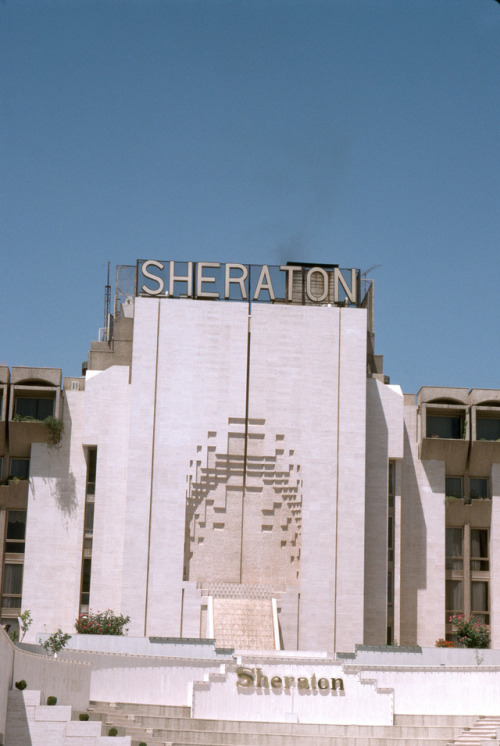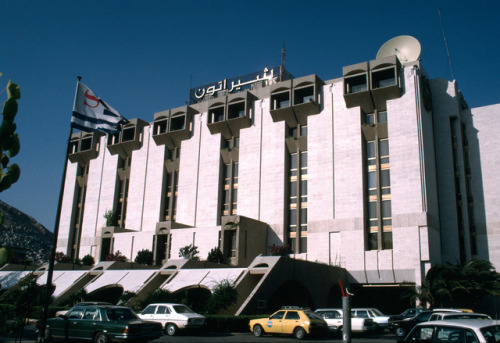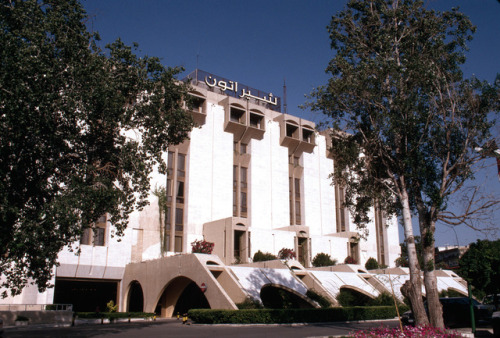#damascus
Christmas atmosphere in Syria! 2019
Merry Christmas from the Capital of Christmas, Damascus!
Temple of Jupiter
Damscus, Syria
1st century BCE - 3
Damascus was the capital of the Aramaean state Aram-Damascus during the Iron Age. The Arameans of western Syria followed the cult of Hadad-Ramman, the god of thunderstorms and rain, and erected a temple dedicated to him at the site of the present-day Umayyad Mosque. It is not known exactly how the temple looked, but it is believed to have followed the traditional Semitic-Canaanite architectural form, resembling the Temple of Jerusalem. The site likely consisted of a walled courtyard, a small chamber for worship, and a tower-like structure typically symbolizing the “high place” of storm gods, in this case Hadad.
The Temple of Hadad-Ramman continued to serve a central role in the city, and when the Romans conquered Damascus in 64 BCE. The Romans believed that each site (mountain, river, wood, etc.) had its own deities (genius loci); this approach led them to accept the beliefs of the countries they conquered; in the case they assimilated Hadad with their own god of thunder, Jupiter, and Hadad became Jupiter Damascenus (of Damascus)
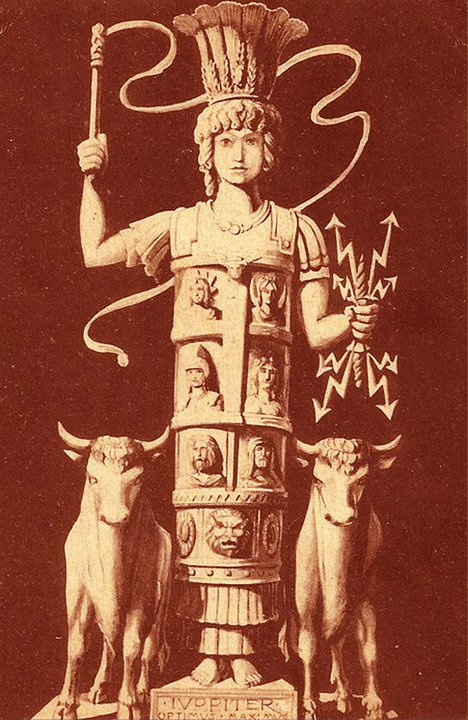
Thus, they engaged in a project to reconfigure and expand the temple under the direction of Damascus-born architect Apollodorus, who created and executed the new design. The symmetry and dimensions of the new Greco-Roman Temple of Jupiter impressed the local population. With the exception of the much increased scale of the building, most of its original Semitic design was preserved; the walled courtyard was largely left intact. In the center of the courtyard stood the cella, an image of the god which followers would honor. There was one tower at each of courtyard’s four corners. The towers were used for rituals in line with ancient Semitic religious traditions where sacrifices were made on high places.





The importance of religion in the Greek-Roman world was not very significant; it is difficult to remember the name of a high priest in Greek or Roman history; at most the names of a clairvoyant such as Tiresias or an augur (a priest who interpreted the will of the gods) such as Calchas come to mind. Religion played a much greater role in Egypt and in the Near East; this may explain the size of the Temple to Jupiter in Damascus, which is enormous when compared to that of the whole town. It was preceded by two propylaea (entrances) which led to the peribolos, a high wall which surrounded the temenos, the sacred space where the actual temple was located.
The sheer size of the compound suggests that the religious hierarchy of the temple, sponsored by the Romans, wielded major influence in the city’s affairs. The Roman temple, which later became the center of the Imperial cult of Jupiter, was intended to serve as a response to the Jewish temple in Jerusalem. Instead of being dedicated to one god, the Roman temple combined (interpretatio graeca) all of the gods affiliated with heaven that were worshipped in the region such as Hadad, Ba'al-Shamin and Dushara, into the “supreme-heavenly-astral Zeus”. The Temple of Jupiter would attain further additions during the early period of Roman rule of the city, mostly initiated by high priests who collected contributions from the wealthy citizens of Damascus. The inner court, or temenos is believed to have been completed soon after the end of Augustus’ reign in 14 CE. This was surrounded by an outer court, or peribolos which included a market, and was built in stages as funds permitted, and completed in the middle of the first century CE. At this time the eastern gateway or propylaeum was first built. This main gateway was later expanded during the reign of Septimius Severus (r. 193–211 CE). By the 4th century CE, the temple was especially renowned for its size and beauty. It was separated from the city by two sets of walls. The first, wider wall spanned a wide area that included a market, and the second wall surrounded the actual sanctuary of Jupiter. It was the largest temple in Roman Syria.
Southern entrance
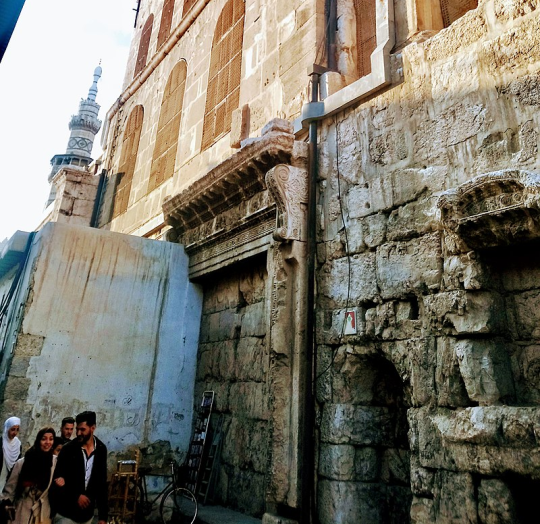

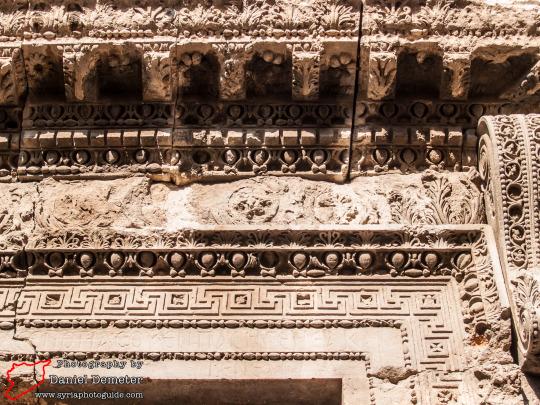



Eastern Propylon


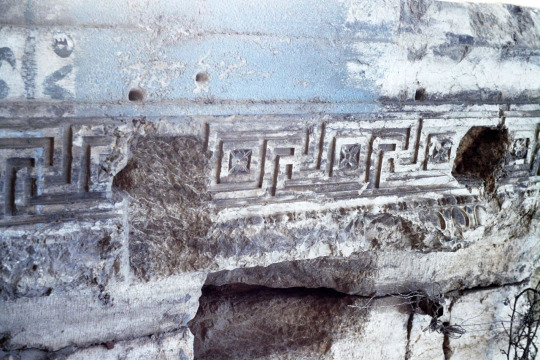
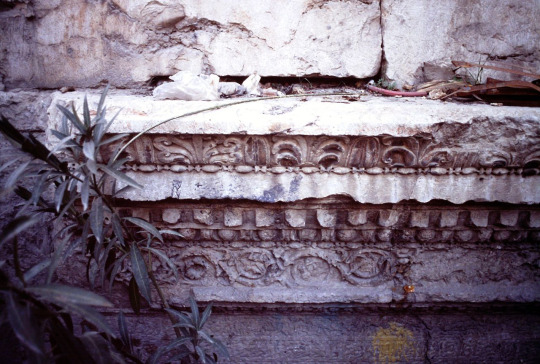
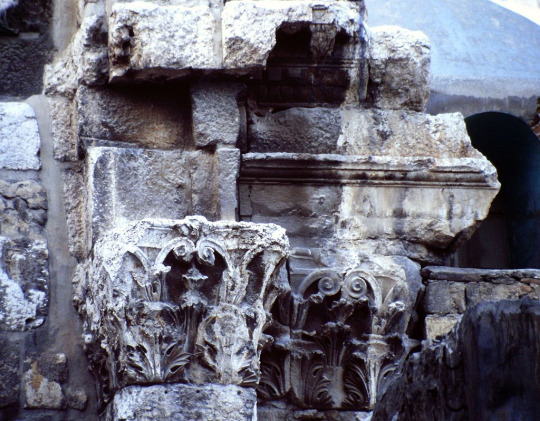
General ruins:
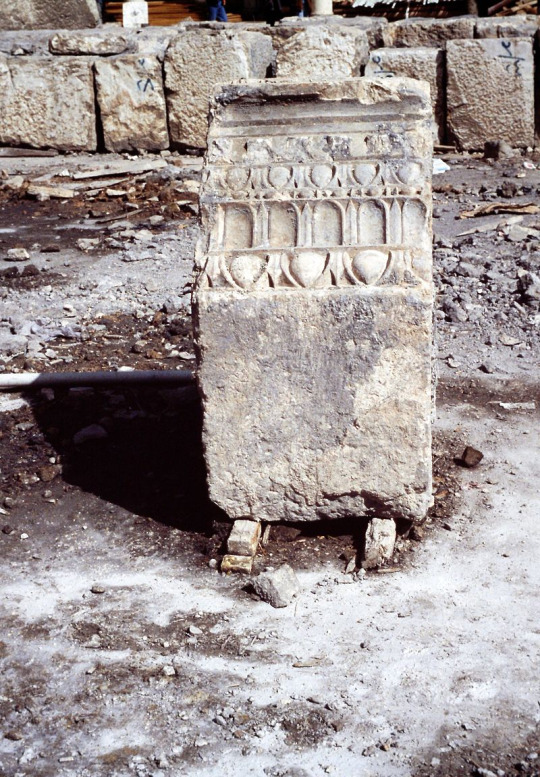
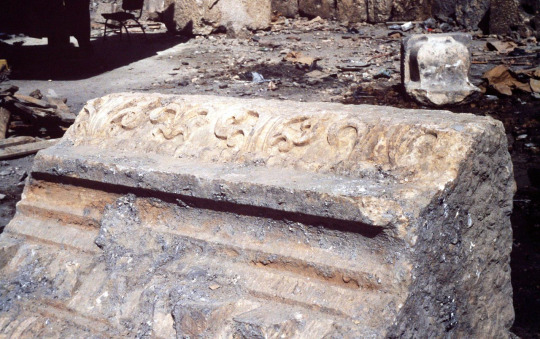
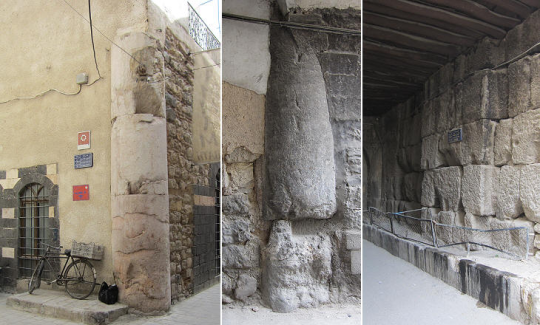
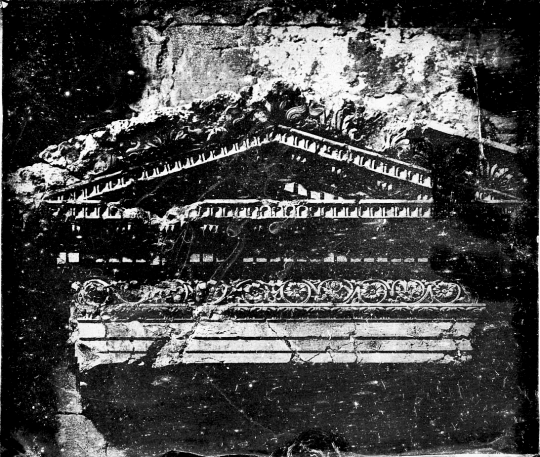
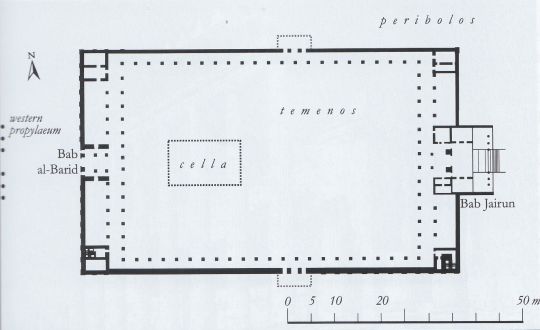
Sources:
Post link
Here is a still shot for thise that just want to stare at her… I am actually digging that dramatic low layer organic pattern.
.
Maybe today I will get some time to clean her up and get her peoperly etched and sharpened. My goal will be to only grind from the heel to the tip (maybe a little cleanup in the ring).
.
#thepxsmith #joshaweston #forgedinfire #knifeordeath #ringpommel #ringknife #celticsword #celt-ibero #germamic #damascus #sword #blacksmith #forged #resting (at Pixel Smith - Josh A. Weston)
https://www.instagram.com/p/CMPJ0EDjtqu/?igshid=9m3oa1i5r5h9
Post link
She has survived heat treat and is looking wonderful as ever! Very happy about the improvements I was able to make on forging this one. It’s much closer to where I want it to be. A little more girth between the knob and the blade on the next one and I will be happy.
.
#thepxsmith #joshaweston #forgedinfire #kinfeordeath #blacksmith #quench #handmade #celtibero #germanic #oldworld #damascus #historicalknives #knifecommunitiy (at Pixel Smith - Josh A. Weston)
https://www.instagram.com/p/CMOJvW0jBFJ/?igshid=1xwcqx2ewxrt7
I’ve recently had a lot of requests for that Serbian chefs knife that’s going around. Here’s my first take. Note that I am not trying to recreate exactly someone else’s design. I am going in my own direction on these. I have a couple more to go but this was a good start. It was forged from a 2"x2"x.6" piece of 25 layer @bob_rankin_custom_knives damascus. It was a challenge to get this knife from that cut off, but in the end I got it! I decided to grind in a little hollow to release tension on cut veggies. Seemed to work pretty well and it added a nice dramatic flair.
.
Handle material is from @forrester_woods
.
#thepxsmith #joshaweston #forgedinfire #serbianchef #chefs #cleaver #choppah #knifenut #cooking #papaya #damascus #forgingisfun (at Pixel Smith - Josh A. Weston)
https://www.instagram.com/p/COQAeLzD3Q8/?igshid=1xp0jfbdub6j5
Post link
Abu Fahad (2nd R) rests with colleges inside a workshop in the rebel-held besieged Douma neighbourhood of Damascus, Syria. The workshop uses plastic from bottles and other waste materials to produce liquid and gas fuels.The liquid is refined into gasoline, diesel and benzene fuels which are sold for domestic and commercial use.
Post link
Hello everyone :)
This is what i’ve been working on for today!
The 5 cities I love, the way i see them, their beauty :)
Beirut, Baalbeck, Amman, Damascus, Jerusalem ..
If you loved them, kindly like & REBLOG :*
Post link
Knife with Ivory Hilt
Object Name: Dagger
Date: 19th century
Geography: Iran
Culture: Islamic
Medium: Steel, watered; ivory and gold
“Damascus” or “Watered” steel refers to blades like this one that have been given a wavy or “watered” pattern, created by specific smelting and crucible techniques, prior to forging. In Western Europe such blades were believed to originate from Damascus, though this technique was practiced in the Islamic Middle East at least since the Middle Ages. This 19th century example illustrates how even in the later period of Islamic art these artistic traditions remain popular and celebrated.
The forte and hilt of the top dagger are covered with chiseled decoration of floral motifs, arabesques and cartouches containing ducks and lions– ornament that can be found on a variety of media in later Persian art.
The bottom dagger has been inscribed with Qur'anic passages on the forte of the blade, as well as on the ivory handle. The inclusion of holy words on this object imbues it with talismanic properties, believed to offer protection and ward off evil. The most efficacious talismanic objects are those that are inscribed with prayers that evoke the name of God, the Prophet Muhammad and his companions.
Post link
The Cham Palace Hotel [1983] in Damascus, Syria photographed from a distance on August 21, 1989.
Post link
The Sheraton Hotel in Damascus by Lucio Barbera in 1978.
The hotel comprises a six-storey, compact U-shaped, building overlooking a series of descending landscaped gardens and a pool. These are all symetrically laid out along an axis which leads down to the center of Omayyad Square.
A monumental fountain is the upper focus of the axis, and is complemented at the lower end of the site by an oasis" of palms sheltering another fountain. The hotel rooms are arranged on the upper five floors.
Post link
People in Islam: Sayyed Mahdi al-Modarresi
Born in Kuwait in 1977 from the well known Modarresi family which contains many scholars and jurists like his father Sayyed Hadi Almodarresi, following his father’s footsteps, Sayyed Mahdi pursued his studies at al Qa’em Theological Research Institute in Damascus, the Islamic Seminary in Qum, Iran, and supplementary education in the United States and Australia finally graduating after studying core studies in Islam, philosophy, sociology, and politics.
Writing his first book, About the Signs of Allah and His Greatness at age 15, Sayyed Mahdi has since written many books in English and Arabic. He often spends his time traveling around the world speaking to Muslim youths on the dangers of this dunya, understanding the role of the Muslim in the 21st century, and the effects of our sins.
If you would like to know about Sayyed Mahdi al-Modarresi, you can see more of his lectures on Youtube.
Post link



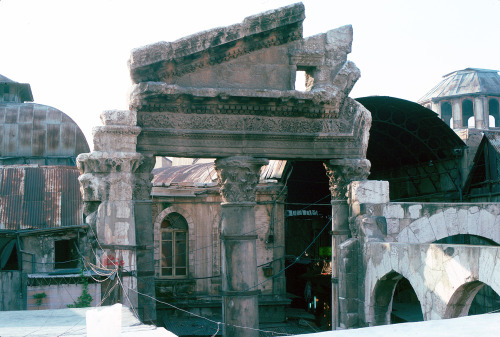
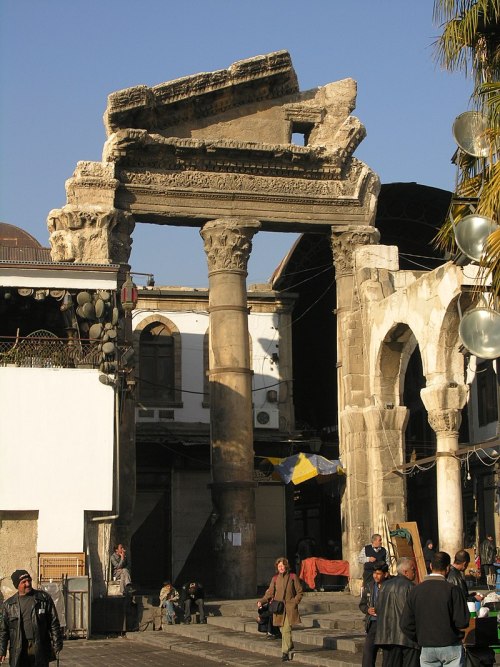

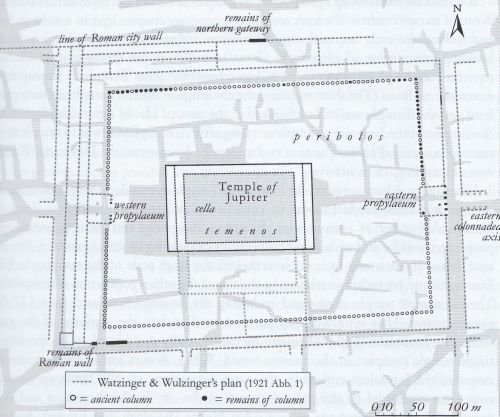

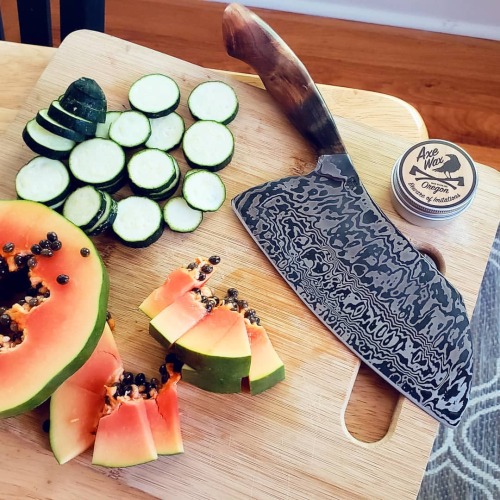
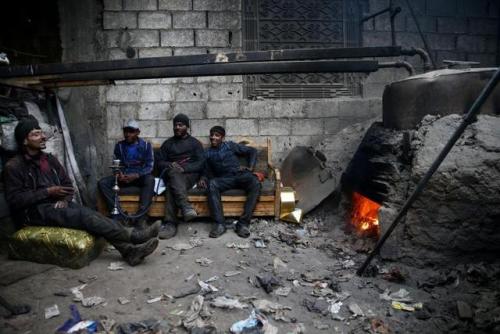


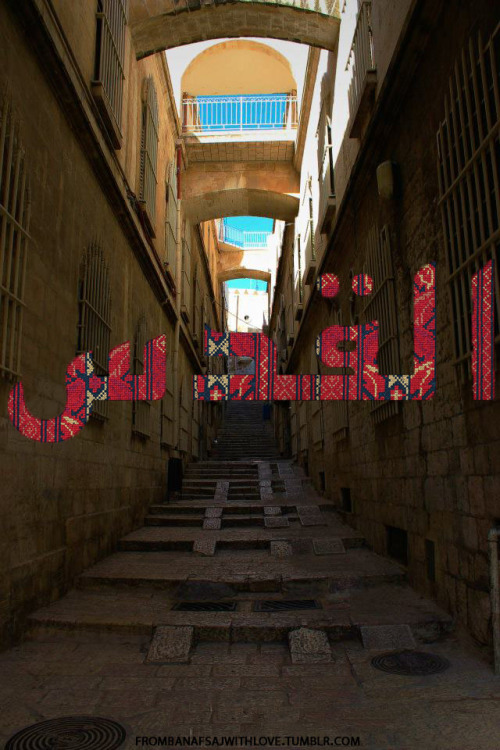
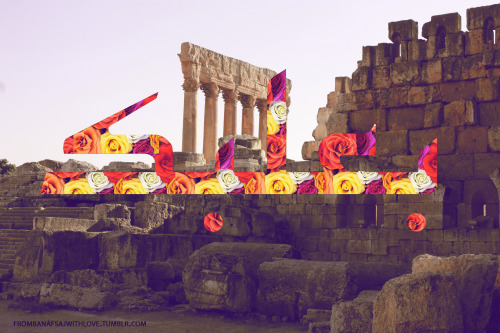

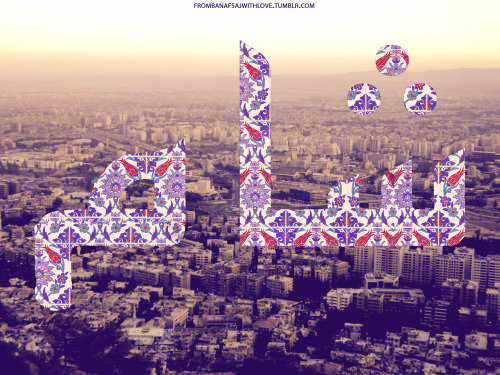
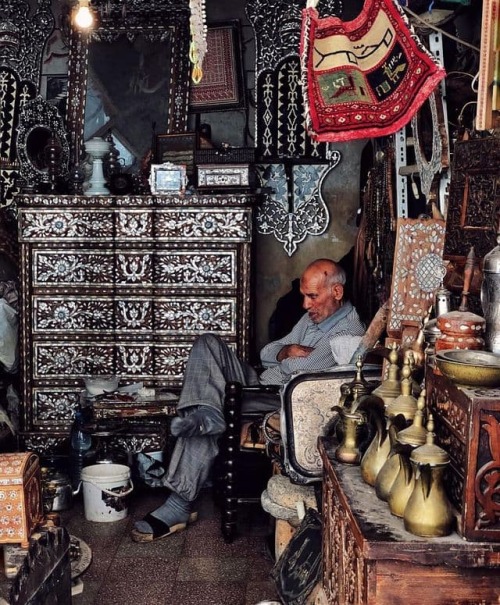
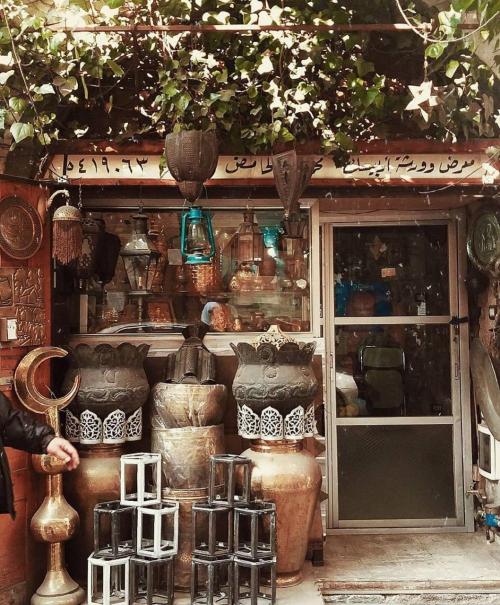


![The Cham Palace Hotel [1983] in Damascus, Syria photographed from a distance on August 21, 1989. The Cham Palace Hotel [1983] in Damascus, Syria photographed from a distance on August 21, 1989.](https://64.media.tumblr.com/7ca6b3b7cadc7bbe8f281b0efacb5c2b/tumblr_ot5imoWRLo1sfvdf5o1_500.jpg)
